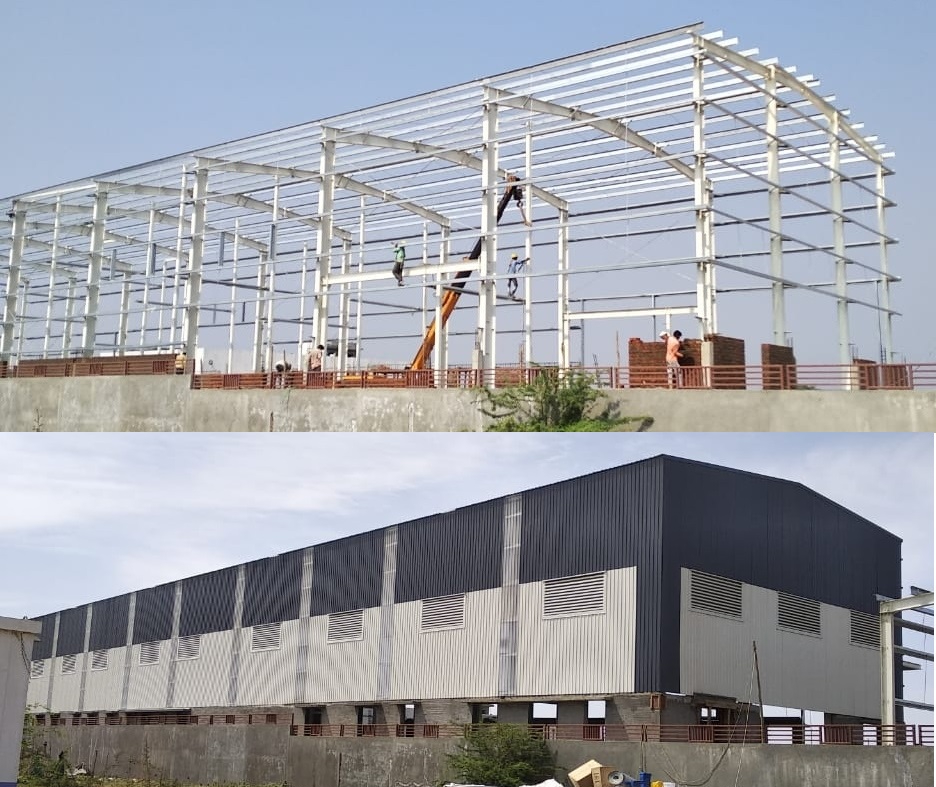Pre-Engineered Construction VS Conventional Construction
Lately, we all have been exposed to a new word in the construction business, i.e, the pre-engineered buildings. What are they? Pre-engineered buildings are like pieces of puzzles that come together, and these pieces are the fragmented architectural parts like roofs, stairs, windows, also known as prefabricated elements. These pieces are not made on-site, unlike conventional or traditional construction, but are delivered from different places. The workers or labourers need to assemble the various parts and construct a building. Whereas in convention construction, the building is made from scratch and on-site. The methods of pre-engineered metal buildings and conventional buildings are different, but they require the same essentials - foundation, design, framing, & finishes.
Conventional constructions are the best when the building designs are complex, but it comes with a lot of cons in today’s day and age. Basically, traditional construction is a step-by-step procedure, from excavation to setting the foundation to framing work to ultimate finishes. Each step has to be completed before moving to another, and when the designs are complex, it heavily impacts the schedule and delays the completion of the building. Since there are so many steps that need to be done from scratch, the labour costs are exponentially high when compared to pre-engineered buildings, and the production waste is no good for the environment. But, we can’t ignore the fact that conventional constructions offer more design flexibility, and changes can be made in on-going projects, which is clearly not an option in pre-engineered metal buildings. With the design flexibility option, one needs to be careful of the ongoing maintenance, and since the materials used in traditional construction is heavy, it can easily weaken the foundation.
In pre-engineered metal buildings, each component is fabricated separately to suit the design. The design creates a standard connection between all parts, and when they are delivered on- site, it becomes easy for labourers to erect the building. Also, pre-engineered metal buildings have a quick turnaround, and almost all pre-engineered building manufacturers deliver the project in 2 months, whereas conventional construction takes a minimum of 6-8 months. And so, we are seeing a sudden shift to pre-engineered buildings in the construction world today. Pre- engineered buildings offer lower costs of construction, produces less waste, have low maintenance with high durability & ease of expansion.
But, before you opt for pre-engineered metal buildings, check your project type. Consult with pre-engineered building manufacturers, and check for design constraints. If the designs are too intricate, you will have to let go of the thought of pre-engineered construction. More than commercial projects, pre-engineered buildings are ideal for industrial construction projects like the construction of petrol pumps, malls, shops, gaming areas, gyms, etc. To incorporate sustainability and eliminate the emission of greenhouses in the environment, pre-engineered construction is the new way to say we love the Earth!
For more detailed information on pre-engineered construction, get in touch with Maxroof, one of the leading pre-engineered building manufacturers and suppliers in more than 10 countries and get started with your easy, stress-free pre-engineered construction.



